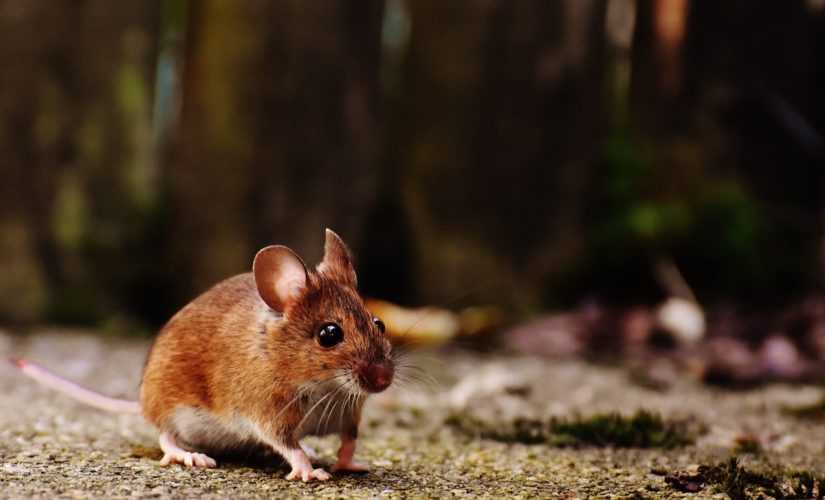Scientists are creating virtual reality goggles for mice so they can study the brain activity of the tiny creatures in various scenarios.
Putting animals into VR scenarios is nothing new but it usually needs cumbersome and expensive equipment. What’s more, the scientists involved noted that it was difficult to get the animals to engage, as they seemed to be aware that they were looking at mere screens.
“So far, labs have been using big computers or projection screens to surround an animal. For humans, this is like watching a TV in your living room: you still see your couch and your walls; there are cues around you, telling you that you aren’t inside the scene,” Daniel Dombeck, a professor of neurobiology at Northwestern University who led the research, told the Independent.
“Now think about putting on VR goggles, like Oculus Rift, that take up your full vision. You don’t see anything but the projected scene; a different scene is projected into each eye to create depth information. That’s been missing for mice.”
How do VR goggles for mice work?
Indeed, tiny VR goggles could solve this problem, opening up new areas for potential study. Entire virtual worlds can be created to that scientists can study the mice’s brain activity in a number of different situations, from running through imaginary mazes to being hunted by predators.
Rather than attaching the VR goggles to the mice’s heads as you would with humans, the technology involves perching them directly in front of the animal’s face while keeping it in place on a treadmill. There are also sensors used to detect brain activity so that researchers can closely examine the neural circuits associated with specific behavior.
Such experiments are vital to understanding how animals react to certain stimuli and it’s hoped that more scenarios may be added down the line, such as placing mice in situations where it’s predator, not prey.
Featured image: Pexels





